Many backpackers have thru-hiking on their bucket list, but it doesn’t always mean committing half a year to the trail.
Instead, there are shorter thru-hikes across the United States that provide the full experience without the extended time commitment. Shorter thru-hikes can be an excellent way to get into the thru-hiking culture and community, requiring less time off work and less physical strain.
This way, it makes thru-hiking accessible to all of us.
But it needs to be done the right way. You’ll talk about some of the things you’ll need to avoid, along with how to make the most of your short thru-hike!
Highlights
- Shorter thru-hikes allow for an immersive adventure without a long-term time commitment.
- These hikes provide a platform for developing hiking skills and understanding trail culture.
- Post-hike reflections offer valuable insights for future hiking endeavors and personal growth.
Top Shorter Thru-Hikes in America
Your love for adventure and the great outdoors calls you to tour, and America’s shorter thru-hikes offer all the splendor of their longer counterparts in a more manageable duration.
1. Pacific Crest Trail Highlights
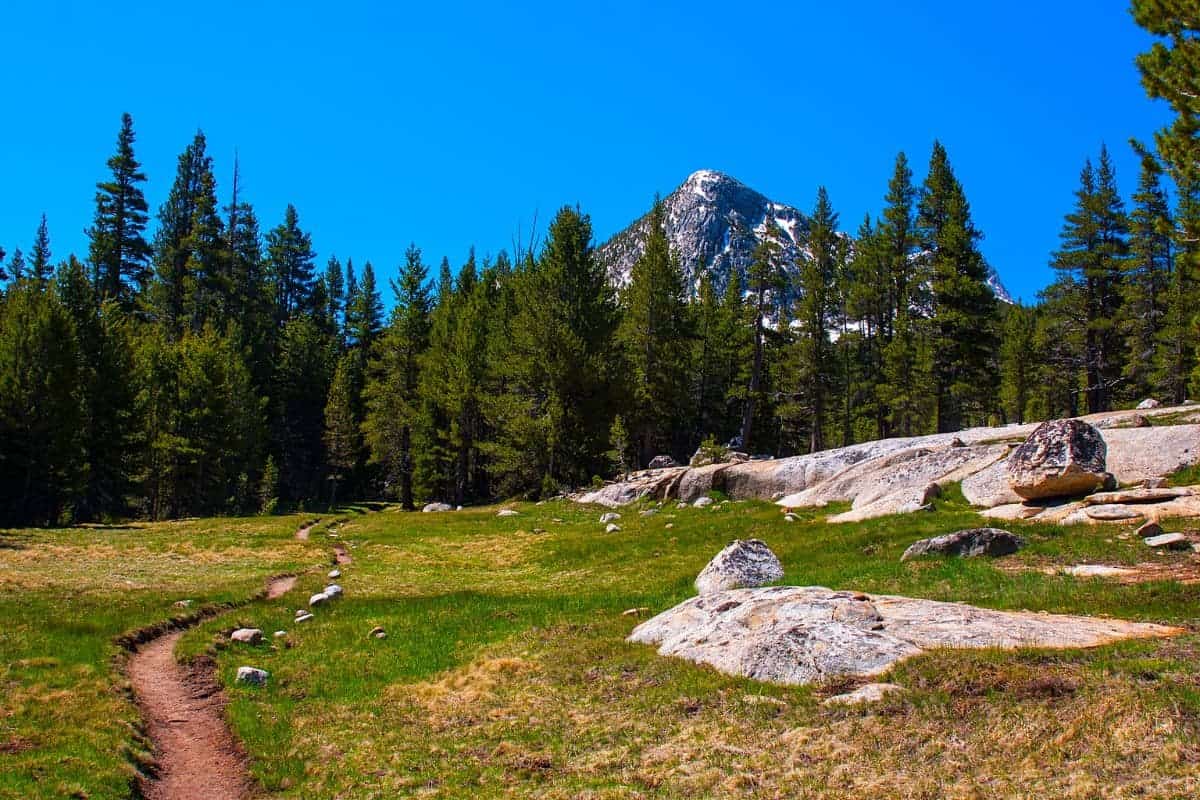
Venture into specific parts of the Pacific Crest Trail that take you through the beautiful Sierra Nevada mountains. You’ll hike through areas that still give you the classic Pacific Crest Trail experience, with easy places to restock your supplies and the same amazing views, but in less time.
| Attribute | Value |
|---|---|
| Length | 170 miles (Select Segments) |
| Duration | 10 to 15 days |
| Location | California and Nevada |
2. Appalachian Trail Adventures
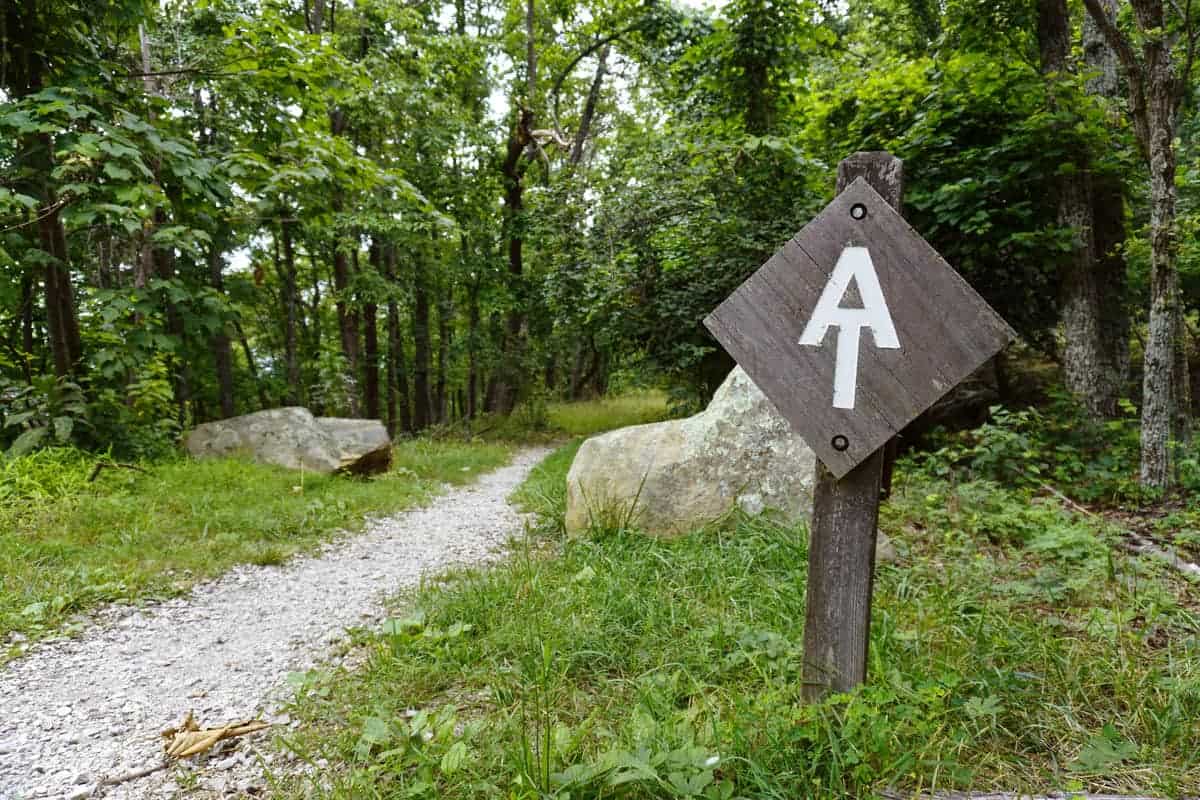
States: Virginia, Pennsylvania, North Carolina
Enjoy the captivating scenery of the Appalachians by tackling a section of the AT.
The trail’s diversity allows you to witness the Midwest and rolling hills of Virginia, or seek the dense forests in Pennsylvania and North Carolina.
3. Exploring the John Muir Trail

The JMT takes you through the heart of the Sierra Nevada, encapsulating the essence of Yosemite National Park and other famous wilderness areas.
| Attribute | Value |
|---|---|
| Length | 211 miles |
| Duration | Approximately 3 weeks |
| Location | California, High Sierra |
Plan your hike to coincide with the wildflower bloom for an unforgettable experience.
4. The Charms of the Long Trail
The Long Trail is a gem that lets you absorb the serene beauty of Vermont’s forests and mountains. Being the oldest long-distance trail in the United States, it gives you a mix of history and natural splendor.
| Attribute | Value |
|---|---|
| Length | 273 miles |
| Duration | 3 to 4 weeks |
| Location | Vermont |
5. Continental Divide Trail Treasures
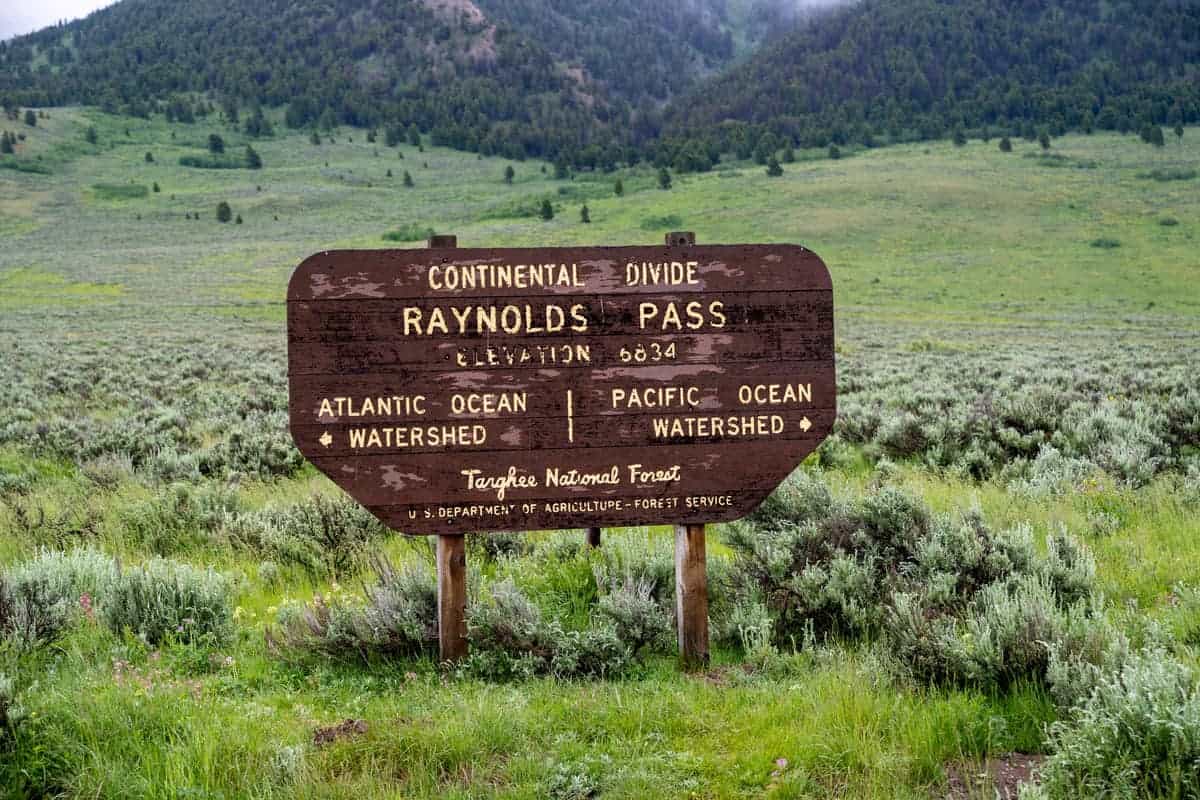
States: New Mexico, Colorado, Montana, Wyoming
Experience parts of the CDT and immerse yourself in the vast wilderness of the Rocky Mountains and the Continental Divide. Choose different sections in each state, where you’ll find meadows and tough climbs.
6. Unique Features of the Arizona Trail

Smaller chunks of Arizona Trail, offer a taste of the various environments, from cacti-filled plains to pine-covered mountains.
| Attribute | Value |
|---|---|
| Length | 800 miles |
| Select Segments | Yes, for shorter experiences |
| Location | Arizona |
7. Discovering the Superior Hiking Trail
The Superior Hiking Trail follows the ridgeline above Lake Superior from Duluth to the Canadian border. Best tackled in late summer or early fall, this trail offers vistas of the lake, dense forest, and numerous waterfalls.
| Attribute | Value |
|---|---|
| Length | 296 miles |
| Duration | Estimate 30 days at a leisurely pace |
| Location | Minnesota |
8. The Colorado Trail Experience
Did you know? The Colorado Trail stretches over 500 miles and passes through 28 towns, but none of these towns are directly on the trail itself, making it a unique backcountry experience!
| Attribute | Value |
|---|---|
| Length | 500 miles |
| Select Segments | Ideal for shorter thrills |
| Location | Colorado |
9. Adventure Along the Ouachita Trail
Length: 223 miles
Location: Arkansas, Oklahoma
The Ouachita National Recreation Trail presents a less-crowded path winding through the Ouachita Mountains. This trail is perfect for those seeking solitude and a connection with nature without venturing too far from civilization.
If you’re looking for some starter hikes in California, I got you covered! Check out our article about Beginner Backpacking Trips In California here.
Planning Your Hike
Permits and Passes
Most trails require you to carry a permit, especially if you’re planning on an overnight stay in the backcountry.
This might be a simple self-registration at the trailhead or a lottery system for more popular trails.
For example, if you’re eyeing the alpine lakes and thundering waterfalls of a certain trail during peak hiking season, it’s crucial to check the trail website for permit release dates and apply as early as possible.
Resupply Strategies
Thru-hiking means you’ll reach points where restocking essentials is necessary. Here’s where you need to plan your resupply options:
- Choose trails with towns close to the trailhead for easier access to supplies.
- Some hikers send packages to post offices or businesses near the trail.
- Research if there are stores along your route, but they may be limited.
Core Mountaineering Pro-Tip: Resupply points are your lifeline for replenishing food, fuel, and first aid supplies on a trek. Know the distances between these points to manage your pack weight and food quantity effectively.
Piloting Trail Conditions
Trail conditions vary by season and elevation. You might start in meadows blooming with wildflowers and end up in snowfields or crossing streams.
Always check the weather forecast and trail reports. Keep in mind:
- Conditions can change rapidly, especially in higher elevations. Pack layers and be prepared for rain or shine.
- From moose to smaller critters, know how to store your food and handle encounters peacefully.
- Expect to traverse varied landscapes with elevation gains that may challenge your stamina.
Essential Gear for Short Thru-Hikes
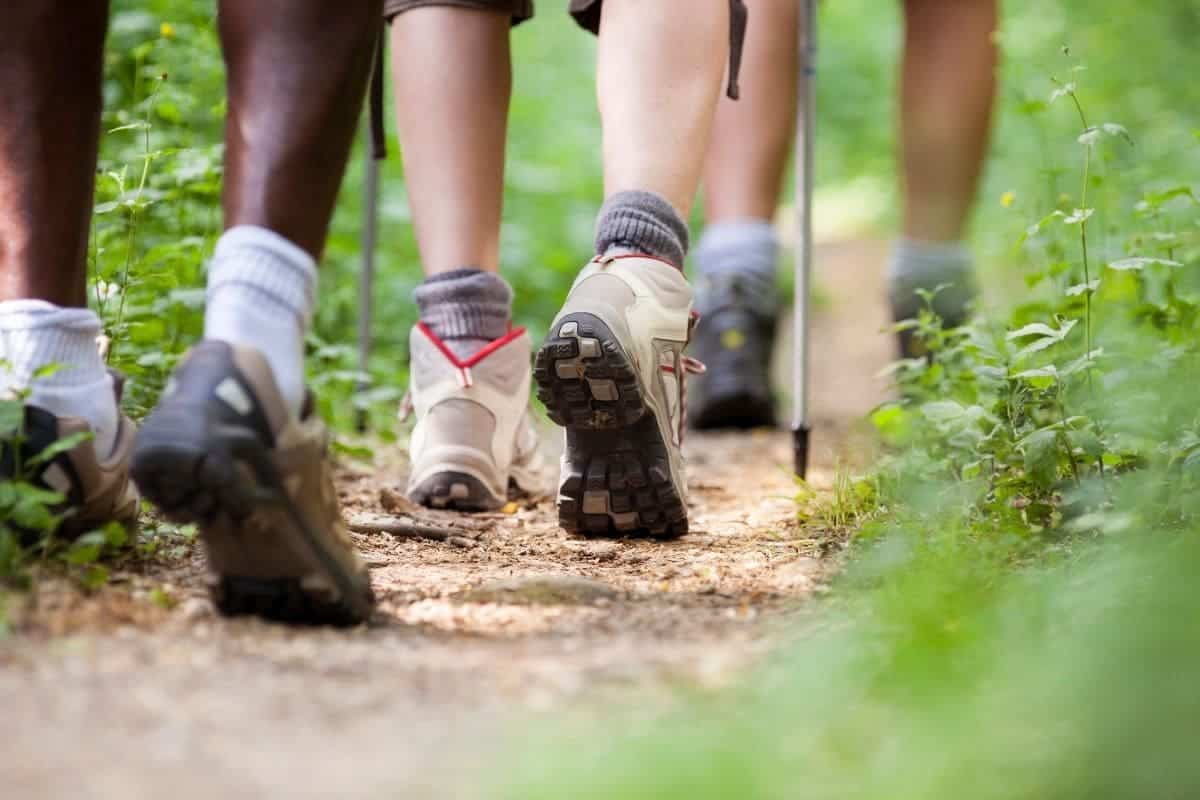
Clothing and Footwear
Clothing should be lightweight and breathable, with the ability to layer up or down depending on the weather. Opt for moisture-wicking fabrics to keep you dry.
- Shirt: Synthetic or wool for good moisture management.
- Pants: Convertible or lightweight hiking pants.
- Jacket: Pack a rain jacket, regardless of the forecast.
- Footwear: Trail runners or lightweight boots, well broken-in.
Backpack Essentials
You’ll want something with enough room for your gear, but not so large that it becomes cumbersome for shorter hikes. Aim for a 40-60 liter capacity.
- Backpack: Gossamer Gear Mariposa 60 or a similar lightweight pack.
- Hydration: Water bottles or a hydration bladder plus electrolyte replacement options.
- Food storage: Bear-proof container or sack where required.
- First-aid kit: Basic supplies for blisters and minor injuries.
Navigation and Safety Gear
Always have a physical map and compass, even if you prefer digital tools, as a backup. Safety gear is non-negotiable, regardless of hike length.
- Map: Topographic map of your route.
- Compass: Learn how to use it before you need it.
- GPS or Smartphone: With offline maps downloaded.
- Headlamp: Plus extra batteries.
- Emergency gear: Whistle, fire starter, and an emergency shelter.
Survival Tips and Trail Etiquette
As you prepare for your thru-hiking adventure, remember to stay secure and respect the wilderness as important as reaching the end of the trail.
Coping with Wildlife
Bears, for instance, are common in many areas, and your safety depends on handling these encounters appropriately.
- Reduce surprise encounters by making noise, especially in dense vegetation or when heading around blind corners.
- Use bear-proof containers or hang your food to prevent attracting bears to your campsite.
- Always stay aware of your surroundings, as the wild is unpredictable, and animals are not the only hazards you might face.
Remember, never approach or feed wild animals, and keep a respectful distance for your safety and theirs.
Leave No Trace Principles
In the wake of the COVID-19 pandemic, nature has become a refuge for many, making it even more essential to maintain the wilderness for future visitors.
- Be aware of local regulations and closures. Prepare for varying conditions, like afternoon thunderstorms, especially in areas like the South.
- Pack out all of your trash and dispose of it properly—no littering.
- Ensure all remnants of food are secured or packed out to avoid attracting wildlife to areas where humans are active.
- Stick to the designated trails and campsites to prevent trail erosion and protect plant life. Make use of lean-tos where available and follow any direction provided concerning their use.
Thru-Hiking Culture and Community
Engaging with Fellow Hikers
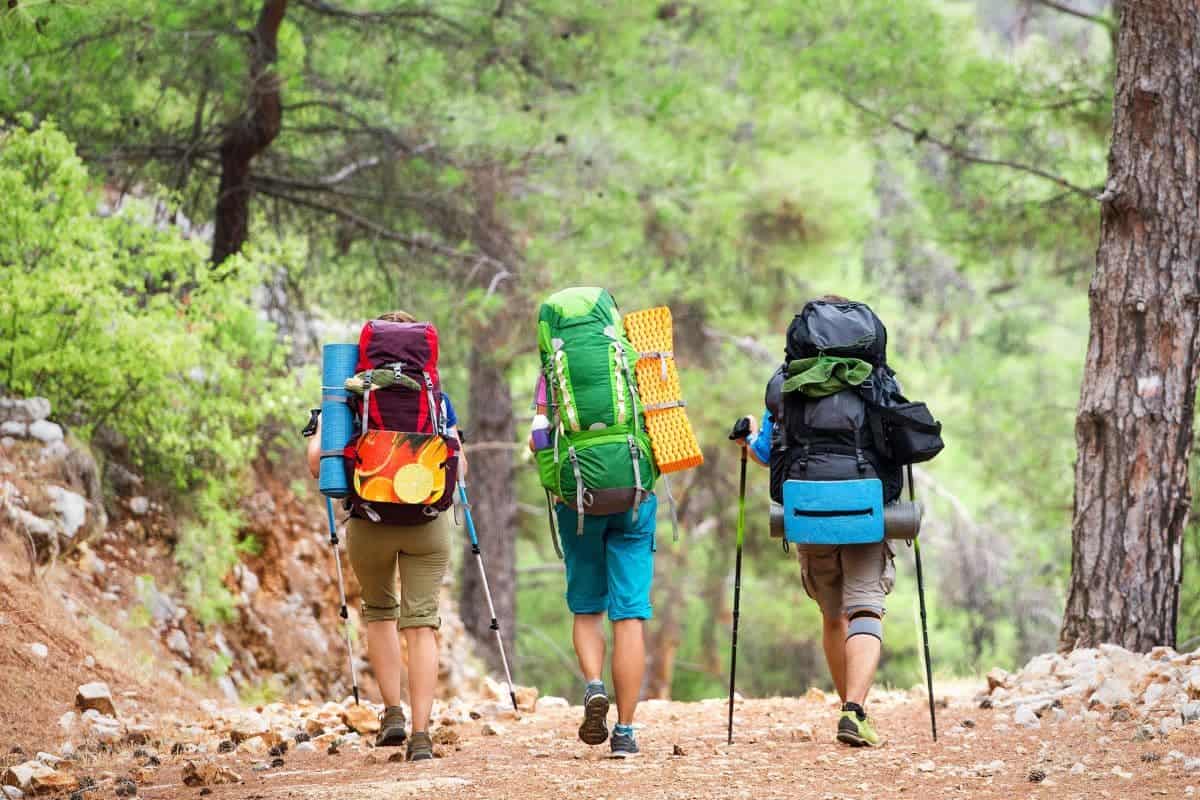
As you enjoy the amazing sights of Yosemite Valley, you might meet someone and become lifelong friends. Your shared experiences bring you closer, adding to the story of your adventure together.
- Yosemite Valley: Here, beneath the grandeur of Half Dome, camaraderie is as common as the sound of your footsteps.
- Appalachian Mountains: The rolling hills and morning mists often host hikers swapping stories and sharing laughs.
Trail Angels and Support
The term “Trail Angels” may sound heavenly, but it’s grounded in the very real acts of kindness that define the thru-hiking experience.
These selfless volunteers and community members often provide key support, leaving water at critical points or offering a shuttle ride into the nearest town for supplies.
- Pacific Crest Trail Association: They keep the trails clean and safe for your journey.
- Trail Magic: An unexpected meal or a cache of fresh fruit on a rough day becomes a story you’ll tell for years to come.
These communities embody a shared hope: that the wilderness remains accessible and welcoming to all who seek its solitude.
Physical and Mental Preparation
Here’s how you can gear up physically and mentally for your adventure.
Fitness & Health:
- Start a regular workout regime that includes cardio for stamina and strength training for those steep climbs.
- Don’t skip leg day! Your legs will be your primary mode of transport.
- Aim for balanced nutrition to fuel your body for both training and the trail.
Mental Prep:
- Hope and positivity are essential, but prepare mentally for the challenges ahead.
- Meditation or mindfulness exercises can help maintain focus during tough stretches.
| Hiking Prep | Why It’s Important |
|---|---|
| Research Trails | Avoid surprises on the terrain. |
| Set Small Goals | Helps with motivation. |
| Learn Navigation | Stay on track without technology. |
Read up on your chosen trail and familiarize yourself with its unique challenges.
Remember, thru-hiking isn’t just about physical stamina, but also about mental resilience. You’ll likely face unexpected hurdles, so developing a problem-solving mindset ahead of your hike is key.
Lastly, pack your hope alongside your hiking boots—it’s just as vital. With your body fit, mind focused, and spirit hopeful, you’re set to conquer the trail.
After the Hike: Reflections and Next Steps
What’s next?
Maybe you feel the itch to plan your next escape or perhaps desire a respite to let your legs recover.
You could now have a clearer vision of what you hope to tackle in future hikes. Take stock of what you’ve loved about this adventure—the solitude, the landscapes, the challenge—and use that to guide your next steps.
- Stretch & Recover: Give your body some TLC. Plan some relaxing activities that keep you moving at a gentle pace.
- Document the Journey: Whether it’s through a blog post, social media, or a journal, documenting your hike can be therapeutic and inspiring for future adventures.
- Connect with Community: Share your experiences with other hikers. You might find tips for your next trek or provide guidance to those following in your footsteps.
Keep your boots dusty, your backpack ready, and your heart open to where the trails might lead you next.
Frequently Asked Questions
What are some of the top-rated short thru-hikes in the USA?
The Tahoe Rim Trail is a standout with its 170-mile loop that you can conquer in 10 to 15 days. It spans California and Nevada and is best hiked from June to September.
Which thru-hikes can you complete in a week?
The Kalalau Trail on Kauai’s Nā Pali Coast is an intense 22-mile round trip that skilled hikers can tackle within a day. For many, spending a week to look into its valleys and campsites like Hanakoa is the ideal pace.
What are the most challenging short thru-hikes in America?
Don’t let the distances fool you; short can still mean tough. The Presidential Traverse in New Hampshire’s White Mountains is a test of skill, demanding resilience as you cover rugged terrain over 23 miles.
Can the John Muir Trail be considered a short thru-hike?
The John Muir Trail stretches approximately 211 miles with peaks at 14,000 feet, which by long-distance standards can be viewed as a shorter thru-hike. Most hikers complete it in about three weeks.
How long are the shortest national scenic trails in America?
National scenic trails like the Arizona Trail or the Colorado Trail can run upwards of 800 miles. However, you can find sections like the Silver Moccasin Trail at 53 miles.
What are some recommended short thru-hikes similar to the Continental Divide Trail?
Looking for the spirit of the CDT but with less of a time commitment? The Colorado Trail offers a mix of challenging terrain and stunning vistas over its 486-mile length, a fraction of the CDT’s extensive 3,100 miles.
Wrapping Up – Set A Manageable Timeframe in USA’s Short Thru Hikes
Overall, it is evident that these trails are not just condensed versions of their longer counterparts; they are gateways to a world of discovery and growth.
They offer a taste of the thru-hiking experience, allowing hikers to find themselves in diverse landscapes, encounter wildlife, and connect with fellow adventurers—all within a more manageable time frame.
Yet, amidst the physical exertion and awe-inspiring places, it’s the lessons learned and memories forged that truly define the thru-hiking experience.






